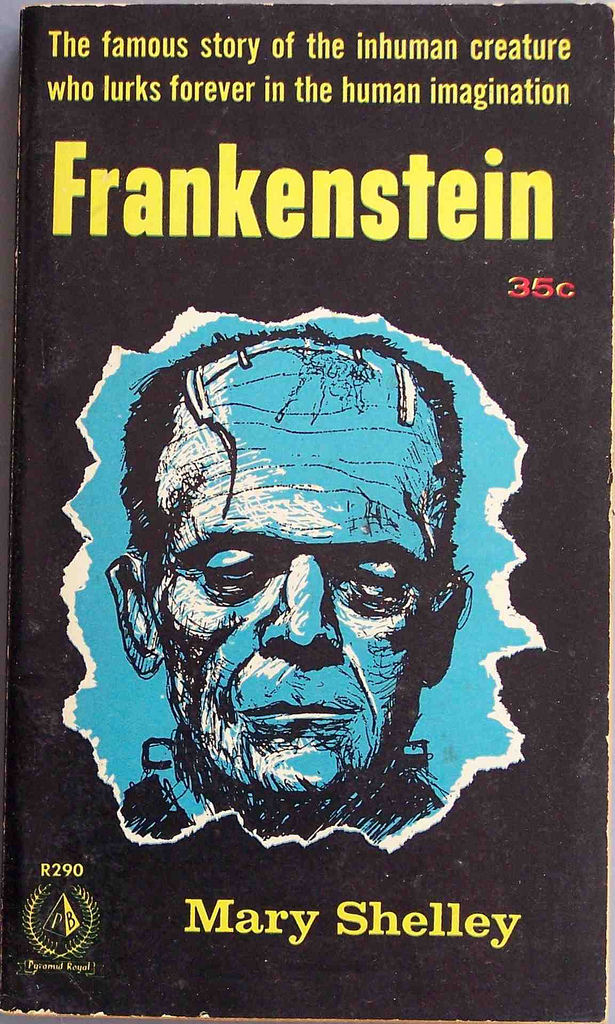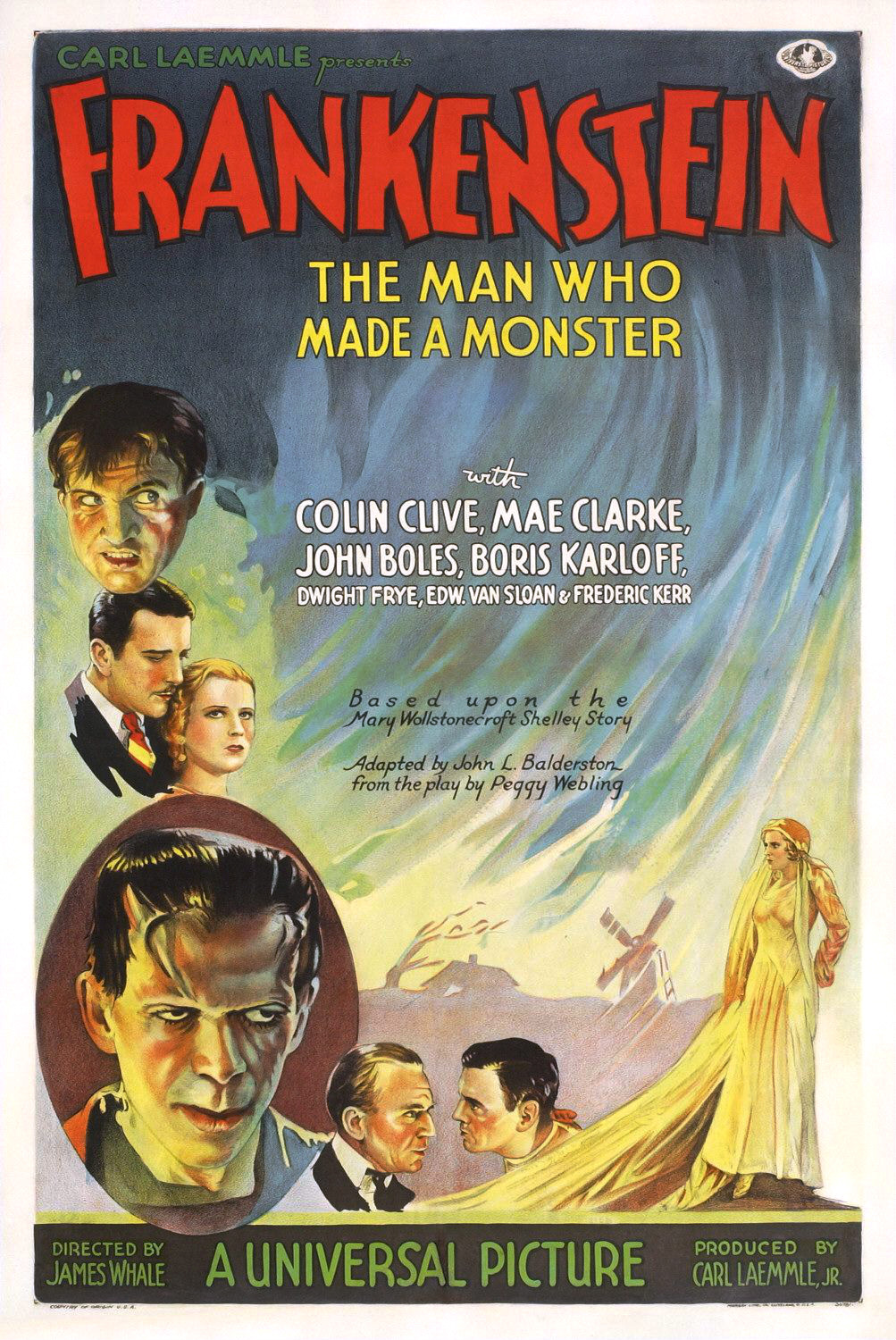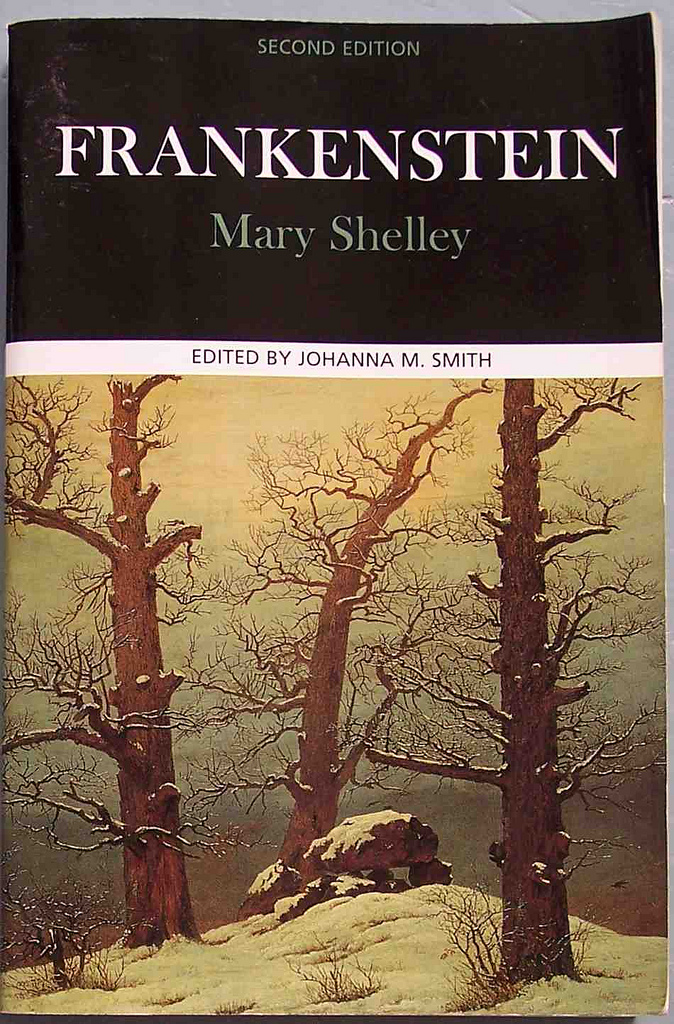BY RENN ELKINS ’20
In the messy world of inaccurate film adaptations, few novels have been as disgraced as Mary Shelley’s classic “Frankenstein.” Though the title itself now brings to mind the boxy head, stitch-ridden face and ghastly green hue of Boris Karloff’s 1931 portrayal of his monster, Dr. Frankenstein’s struggle has always been much more than a cinematic horror story –– in fact, the original tale is overwhelmingly human.
The literary impact of “Frankenstein” is hard to overstate. Considered to be the first true work of science fiction, it is a tremendous response to the technological and medical advances seen during the first half of the 19th century, when Shelley lived. Surrounded by this tumultuous world of rapid development, she proposed a question that is now more relevant than ever: When does the progression of scientific discovery become immoral? Can humankind indeed go too far?
Her answer was more ambiguous than many people believe. Victor Frankenstein did not create a monster in every sense of the word. Though frightening to behold, the creature begins its unnatural life as a benevolent being, seeking nothing but acceptance. Yet what it receives is fear, revulsion and outright violence; faced with something he perceives as demonic, Frankenstein abandons his creation, which continues to be met by hatred wherever it goes.
A portion of the book is written from the perspective of the creature, who is far from the lumbering, inarticulate zombie of pop culture. Its language is gentle and refined, and it relates a tale of quiet tragedy; the reader comes to understand that it only committed murders because it was driven to near madness by its chronic rejection by humankind. This lamentation is perhaps most upsetting because it was far from inevitable. Had Frankenstein assumed proper responsibility of what was essentially a child, a veritable horror story would never have occurred.
Victor Frankenstein himself is another character in the story that has been subject to wide misinterpretation. Cinema has painted him as the definitive mad scientist, played by such actors as Gene Wilder and Peter Cushing. Yet the Frankenstein Shelley wrote about is very different. He is young –– in his teens at the start of the novel, and his 20’s by the end –– bookish, awkward and reclusive. In essence, he is familiar. In Shelley’s novel, the act of reanimation is undertaken not by a crazed old man, but rather by the pinnacle of seemingly innocent human curiosity: a shy college student.
Frankenstein’s mildness, however, should not be confused with innocence. He constantly speaks of his “sins,” but seems unable to recognize that his key mistake wasn’t the animation his creature, but rather rejecting and abandoning it. Frankenstein’s fatal flaw is a refusal to take responsibility for his actions. By fleeing from his problems rather than confronting them, he illustrates the true danger of humanity’s scientific advancement.
Though actual reanimation of corpses remains far-fetched, the plethora of technological development consuming the 21st century would have been incomprehensible to Mary Shelley. With the publication of “Frankenstein” in 1818, she warned the world that development must be matched with responsibility. For her, this was the newly harnessed power of electricity, but for us, it has become much more: nuclear energy, the advancement of the internet and our ability to devour natural resources are all contemporary parallels.
Looking at the political and environmental state of the world today, it isn’t hard to see that we have failed to heed Shelley’s warning. We have been taught to see evil in the creature Frankenstein created, but the true orchestrator of the story’s tragedy is Frankenstein himself: it is not a monstrous other that we need to fear, but instead, ourselves.
In the face of climate change, nuclear threat and immeasurable resource consumption, the revisitation of “Frankenstein” as a story is well worth our time.






